
Student-based funding is one of the three most common state secondary Career Technical Education (CTE) approaches that fall under the categorical funding model. With this approach, states distribute funds to Local Education Agencies (LEA) through funding formulas that use state-determined criteria to account for learner enrollment and learner characteristics in CTE programs.*
Twenty-three states – Arkansas, Arizona, Connecticut, Florida, Georgia, Hawaii, Indiana, Iowa, Kansas, Kentucky, Michigan, Montana, New Mexico, New York, North Carolina, Ohio, Pennsylvania, South Carolina, Tennessee, Texas, Vermont, West Virginia and Wyoming – use a student-based funding approach.
The most common allocations for student-based funding include:
An LEA receives funds that are proportional to its share of the state’s CTE secondary population. Funds may be distributed proportionally based on enrollment by FTE, which is determined by the state and is typically based on number of courses, contact hours, credits or instructional hours. States may consider enrollment in calculations as enrollment from the prior year, count days or average daily membership (i.e., counts the FTE of learners actively enrolled in a school as it changes over time).
Some states add supplemental weights (i.e., multipliers) to state foundational funding formulas for learners enrolled in CTE. Weights may be added to programs based on credit hours, approved program status, learner enrollment, or enrollment in programs that lead to high-demand careers.
Differential weights may also be added to foundational funding by assigning unique weights to specific CTE programs. This approach helps distinguish high- and low-cost programs because some programs (e.g., equipment-intensive programs, such as automated manufacturing) are more expensive to run than other programs (e.g., business education programs). States may also review labor market data to classify programs based on state demand or workforce projections and provide differential weights based on goals for meeting those needs.
Visit the Resources page for a national overview of state secondary CTE funding trends and a profile of Texas’ state application of the student-based formula.
*Advance CTE used the definition of student-based funding found in State Strategies for Financing Career and Technical Education for this project.
Sign up now to receive updates on future work related to CTE funding and gain exclusive access to the latest insights and resources.
8484 Georgia Avenue, Suite 620
Silver Spring, MD 20910
careertech.org